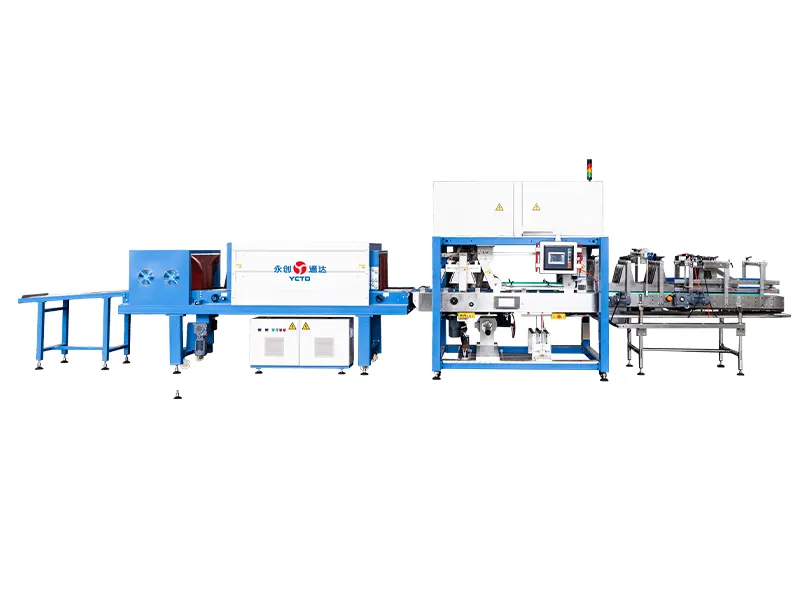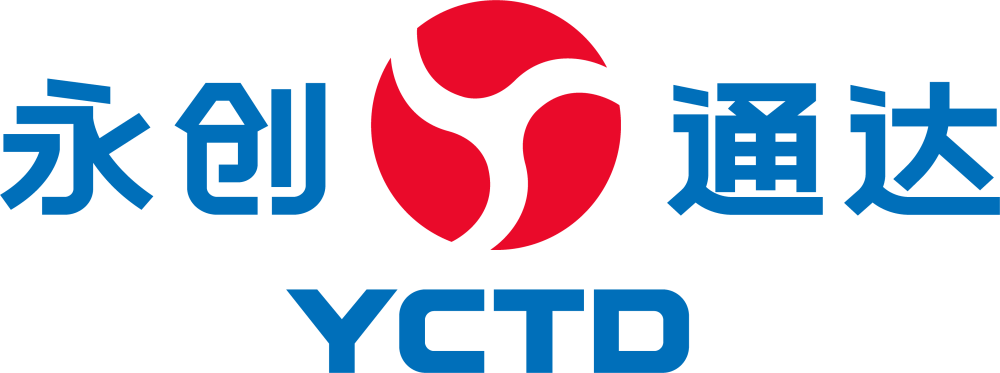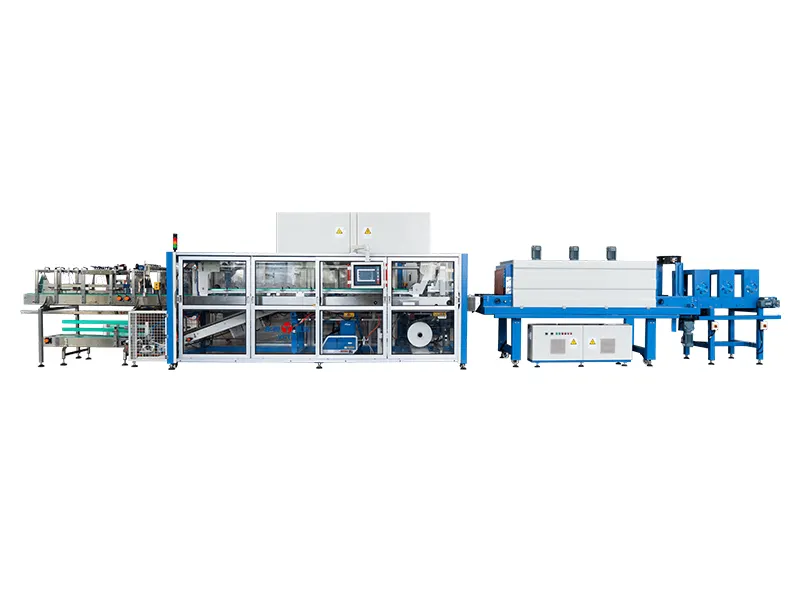Prioritizing Efficiency Through Preventive Maintenance in Beverage Lines
Beverage manufacturing relies heavily on the continuous operation of its production infrastructure. Among the most critical components are the beverage line maintenance systems that keep operations running smoothly. Proper upkeep of these systems not only prevents unexpected halts but also extends the service life of expensive machinery. As competition intensifies in the beverage sector, companies can no longer afford unplanned downtime or equipment inefficiencies.
By incorporating proactive beverage line maintenance strategies, manufacturers can reduce repair costs, increase uptime, and ensure consistent product quality. Maintenance is no longer just a support function but a vital contributor to productivity and profitability.
Core Maintenance Practices for Beverage Lines
Scheduled Maintenance Planning
Establishing a regular maintenance calendar ensures all parts of the beverage line receive timely inspections. Scheduled maintenance should address lubrication, wear checks, and parts replacement based on manufacturer guidelines. This planned approach avoids the chaos and higher expenses of emergency repairs.
Routine checks also allow maintenance teams to predict failures before they occur, ensuring the beverage line operates with minimal disruption. Scheduling should be integrated into overall production planning.
Clean-In-Place (CIP) Systems
CIP systems are essential for maintaining hygiene without disassembling the equipment. Effective beverage line maintenance includes routine checks of CIP valves, pumps, and sensors to verify that sanitation cycles are completing effectively.
Improperly maintained CIP systems can lead to contamination risks or non-compliance with food safety standards. Investing in automated and verifiable CIP systems streamlines the cleaning process while maintaining consistent performance.

Key Equipment Focus Areas
Conveyor System Maintenance
Conveyors often experience wear from continuous movement and product load. Belts, chains, and rollers should be inspected regularly for tension, alignment, and wear. A neglected conveyor can become a major bottleneck in the beverage line.
Lubrication of moving parts and timely replacement of worn components ensures the line keeps flowing without interruptions. Conveyors also need cleaning to prevent buildup that can affect product handling.
Filler and Capper Optimization
Filling and capping stations are precision components that must function flawlessly to ensure product consistency and packaging integrity. Beverage line maintenance must include nozzle calibration, seal checks, and part sterilization.
Capper heads, especially in high-speed lines, should be tested for torque accuracy. Malfunctioning capping units can lead to product recalls or consumer dissatisfaction.
Enhancing Maintenance with Technology
Predictive Maintenance Sensors
Advanced beverage line maintenance systems use sensors to track vibration, temperature, and performance trends. Predictive analytics can detect wear or malfunction signs before they cause downtime.
IoT-enabled devices give maintenance teams real-time insights and alert them to anomalies, enabling immediate intervention before breakdowns occur.
Maintenance Management Software
CMMS (Computerized Maintenance Management Systems) helps track maintenance schedules, spare parts inventory, and performance history. Integrating CMMS with beverage line operations provides data-driven control over maintenance activities.
Digital tools ensure nothing gets missed and that teams work efficiently with full visibility into maintenance status and machinery health.
Training and Team Structure
Skilled Technician Development
A beverage line is only as reliable as the team maintaining it. Skilled technicians need ongoing training in both mechanical and digital diagnostics. Familiarity with specific equipment types ensures faster troubleshooting and less trial-and-error.
Regular workshops, vendor training sessions, and certification programs can elevate the technical capacity of in-house teams.
Clear Maintenance Protocols
Standard Operating Procedures (SOPs) for every maintenance task help maintain consistency and accountability. Documentation should include step-by-step guides, safety precautions, and time benchmarks.
Following SOPs ensures all tasks are completed correctly and uniformly across shifts and team members.
Supplier and Spare Parts Strategy
Genuine Spare Parts Inventory
Delays in acquiring parts can cripple production lines. Maintaining an inventory of high-wear parts like gaskets, bearings, and sensors ensures minimal repair time.
Genuine parts last longer and maintain the performance expected from original equipment. Partnering with trusted suppliers ensures availability and quality.
Supplier Support Agreements
Service contracts with equipment suppliers often include regular check-ups, priority part delivery, and remote troubleshooting. These agreements are valuable additions to internal beverage line maintenance strategies.
Leveraging supplier expertise helps optimize system settings and identify performance bottlenecks that internal teams might miss.
Safety and Regulatory Compliance
Compliance Maintenance
Every beverage line must meet food safety and workplace safety regulations. Regular audits and compliance checks must be part of the maintenance schedule.
Failing to maintain sanitary conditions or pressure vessel certifications can result in heavy penalties and damage to brand credibility.
Safety Systems Testing
Maintenance teams must also inspect emergency stops, pressure relief valves, and guard systems. A well-maintained safety system ensures worker protection and legal compliance.
Regular testing and documentation provide evidence of due diligence during safety audits.
Sustainability and Energy Efficiency
Energy-Saving Maintenance
Proper maintenance of motors, drives, and pumps can significantly reduce energy consumption. Regular cleaning of air filters, calibration of sensors, and alignment of shafts all contribute to efficiency.
Energy-efficient beverage line maintenance practices also extend the life of equipment while reducing utility costs.
Waste Reduction Measures
Leaks, misaligned fillers, and broken conveyors can contribute to unnecessary product or packaging waste. Maintenance protocols should include checks that specifically target these loss points.
Eliminating small but recurring inefficiencies helps meet sustainability goals and improves overall profitability.
FAQ
How often should a beverage line be maintained?
Maintenance should follow a combination of manufacturer guidelines and usage-based intervals. High-use lines may require daily checks, while other components can be serviced weekly or monthly.
What are the most common maintenance issues in beverage lines?
Typical problems include conveyor misalignment, filler nozzle clogs, sensor malfunctions, and worn belts. Proactive checks prevent these issues from escalating into serious disruptions.
Can automation help with beverage line maintenance?
Yes, automated diagnostics and predictive maintenance sensors can identify early signs of wear, helping to avoid breakdowns and extend equipment life.
Why is CIP system maintenance so important?
Because it directly affects product safety and compliance. A malfunctioning CIP system can lead to contamination, causing recalls and damaging brand trust.
Table of Contents
- Prioritizing Efficiency Through Preventive Maintenance in Beverage Lines
- Core Maintenance Practices for Beverage Lines
- Key Equipment Focus Areas
- Enhancing Maintenance with Technology
- Training and Team Structure
- Supplier and Spare Parts Strategy
- Safety and Regulatory Compliance
- Sustainability and Energy Efficiency
- FAQ

